7 stereotypes about the inhabitants of Russian cities
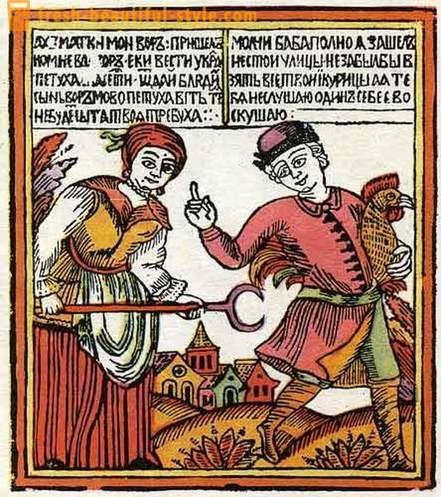
Imagine for a moment that you are a foreigner. Presented? And now with the summer issue several associations related to Russia. Well? What happened? Vodka, herring, bears with balalaika ...
That's it. Stereotypes - a very interesting phenomenon, sometimes hilarious and sometimes offensive. And if modern Russia all more or less clear, the ancient Rus appears to us in the form of a very mysterious.
1 SO THEY ALL F exuberant IN NOVGOROD!
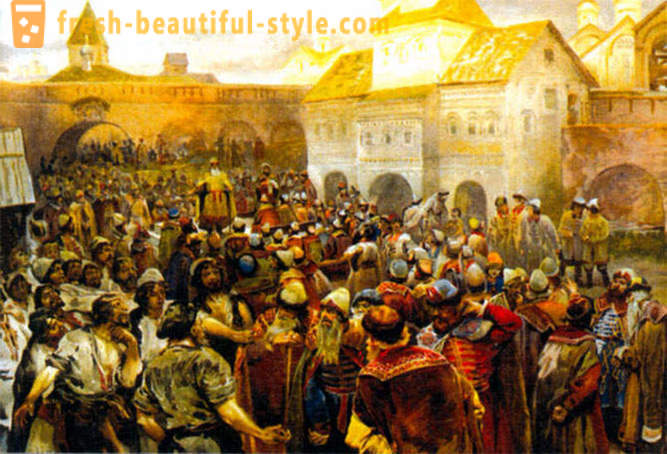
On the Novgorod riot was legendary, and the image lyutuyuschego Novgorodian became almost a hallmark of the city. Handing a card, of course, will not be, but to find out where did this stereotype should be. The reason lies in the Novgorod chronicles, which abound in illustrations of the continuing veche disputes and quarrels. Hence, not flattering fame as a controversial city of Novgorod, and the appearance of the image deboshiryaschego Novgorod. Of course, disputes and disagreements in the Novgorod veche were, but they are not turned into an endless series of conflicts and strife. However, chroniclers like modern journalists chose the most bloody and scandalous stories for his novels. Veliky Novgorod residents are very honored state and loved their city, so almost always found a compromise in dealing with complex issues.
2. Pskov VOREY cap off!

Pskovians often had to listen to jokes in the address of his own coarseness, low intelligence, reluctance to educate and bad manners. Judgment about bad manners based on the features of the relation of Pskov to such popular headdress as a cap. Pskov residents, regardless of class, rarely broke before anyone hat, but it was not due to their rudeness or bad parenting. Once the cap symbolized the dignity. He took off his hat - disgraced, - approximately so reasoned Pskov. Not by chance during rallies or other public place to dishonor a person was very simple - Grab a hat and the trick is done (excuse the pun). Hence the well-known floorboard "To cap off a thief!" When the thief heard this cry, he instinctively tore the head allegedly burning cap and thus gave himself.
3. NIZHNI NOVGOROD Drunkard

The patient was a Russian theme of alcoholism worsened in Nizhny Novgorod in the late 17th century. Drank a lot, drunk as a lord, lay in the streets, while women drank an equal footing with men. "Russian is not busy with anything else, as soon as the feasts" - so spoke about passing through the lower foreign travelers about the inhabitants of the ancient Russian city. As it was not formed general stereotype that besides vodka and herring, Russian little rocking. Yes stirs us, rocking! Then and today, too! Nizhny Novgorod, as, indeed, and the inhabitants of the rest of Russia, of course, loved to visit the tavern, take chest rate can, at times, and iterate. However, such an extravagance majority allowed themselves only in the great feasts. Condemn them is hardly possible. It was the only option a little abandon the harsh conditions of life and relax in front of hard labor.
4. Vladimir Central, north wind ...
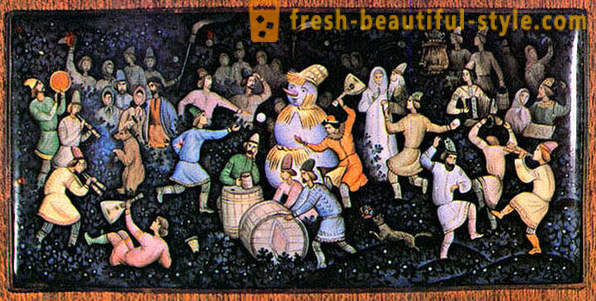
The stereotypical picture of Vladimir as a hard city has developed in the most ancient times. Prejudice is clear: in the Vladimir prison is located 5, including the famous Vladimir Central. Vladimirtsev time immemorial considered scoundrels, to walk on the razor's edge. Information about the Vladimir walking on a knife blade could not be found, and that the famous "Vladimir prison," "traveled" - that's a fact. In Vladimir Central convicts shaved off half the head, put the stamp of "CAT" (convict) or "BOP" shackle and persecuted by "Vladimir prison" in Siberia. Often the journey took 2 years, and this time in the life of hard labor was not. Vladimirec is thus led a normal life of the provincial townspeople: remeslennichali, traded rarely rebelled (would have such a deterrence under the nose!), Got married, baptized ... In general, the quiet, calm and peaceful people.
5. The Rostov enamel
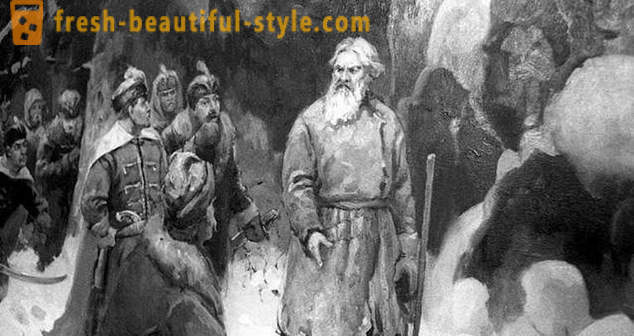
We say "enamel", we mean - Rostov. And nothing else! And no effort to eradicate the idea that the inhabitants of the ancient Rostov all the polls were to "enamel brotherhood." Of course, this is nonsense! Speaking frankly, long before the Rostov masters the art of metal jewelry enamel images captured in the capital city of Kiev. Famous master finiftyanschiki worked in Pskov, Yaroslavl, Kostroma, Novgorod. However, only in Rostov tradition of enamel technique will not be interrupted for many a century in a row. There today working and trying to survive enamel factory. These substantial arguments, perhaps, easy to confirm the identity of Rostov, which is so attractive to tourists.
6. ROUTE IN Susaninskaya Tropez GUARANTEED!
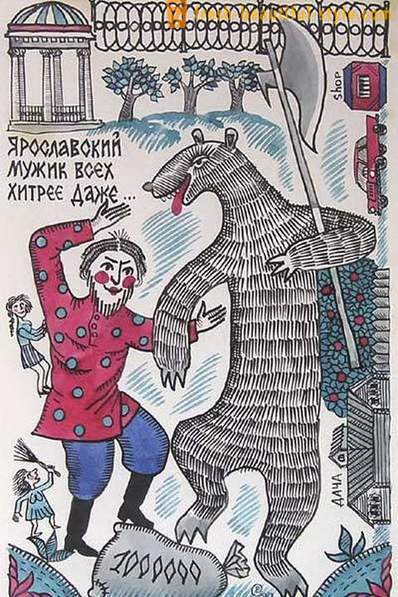
The image of Ivan Susanin is inextricably linked to Kostroma. It was his feat, since the XVII century, fueled by the Kostroma. Recall that the peasant Ivan Susanin volunteered to escort a unit of Poles, he started the "comrades" in the deep forest, where confused gentry waiting "surprise": their guide refused to show the way forward. And froze the Poles in the woods, in advance, of course, killing hero. However, historically Susanin's feat is not confirmed - there is Ivan lived in a village near Kostroma Domnino or not, and who told this tale, if the surviving participants of the "Expedition" left? But is that the point ?! It is important that from ancient times it Kostroma are the embodiment of all the very, very Russian, genuine and present. By the way, if you accidentally or intentionally call Kostroma kostromchanami be prepared to travel on the route Susaninskaya.
7. ETERNAL YAROSLAVL ENGINE
About Quickness Yaroslavl peasant even Gogol wrote. Since ancient times, Yaroslavl characterized as people who are not characterized by apathy, lethargy and sleepiness. We were not familiar to them and are primordially Russian qualities like calmness, solidity measured. Activity, erected in the extreme, no wonder: has long been called the city of Yaroslavl treasures. How can you usidish on the spot: Look to the right - one with a tub unearthed gold coins, oberneshsya ago - someone trying to hack the old trunk. But seriously, Yaroslavl has long been called "cuckoo children", referring to their excessive mobility and ability without hesitation and hesitation to leave their native land. And these qualities have a historical explanation. Yaroslavl was at the crossroads of ancient roads - the Volga route from the Vikings to the Arabs. From the middle of the XVI century there emerged in Russia main crosshair trade routes. Movement Yaroslavets lured to a new life, is drawn into the circulation, it opens up new horizons. The search of a better life were relentless. Do not stop them now, but throughout the country.













































